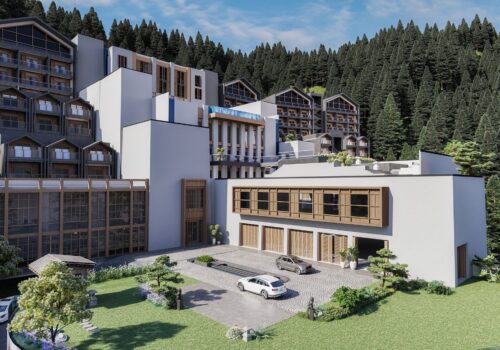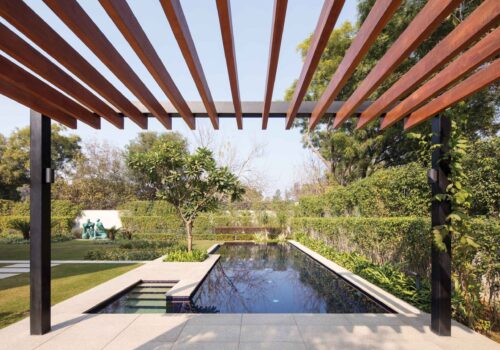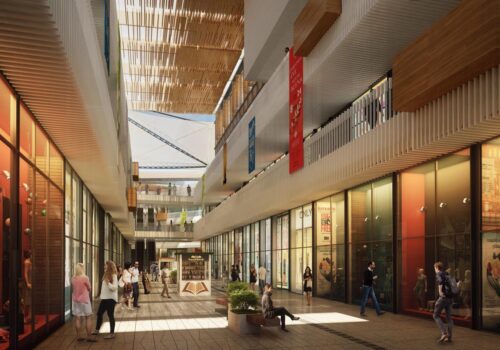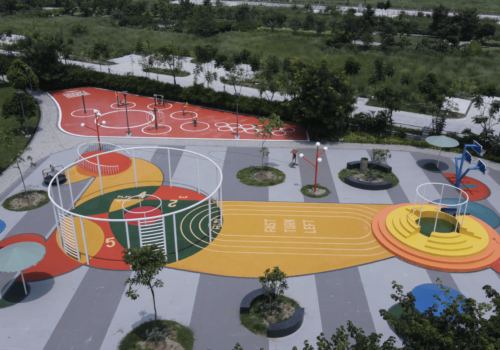How are Commercial Spaces Embracing the Power of Natural Light and Ventilation
Strategic Utilisation of Natural Light
Natural light is more than just a design element; it’s a powerful force that influences our well-being and productivity. When strategically harnessed, it can transform a space. The placement of windows, skylights and clerestories plays a crucial role in maximising daylight penetration while minimising glare and heat gain. The orientation of a building in relation to the sun’s path, coupled with the thoughtful use of materials and shading devices, helps regulate the influx of natural light throughout the day and across seasons. By minimising the reliance on artificial lighting during daylight hours, energy consumption is reduced, and the overall ambience is enriched, fostering a more inviting and productive atmosphere for occupants.
At Hamdard Laboratories in New Delhi, we designed a central sky-lit courtyard allowing the natural light to flood through the existing structure. The courtyard is designed with soft landscaping and water elements, making it the heart of the workplace resulting in increased employee productivity and wellbeing.
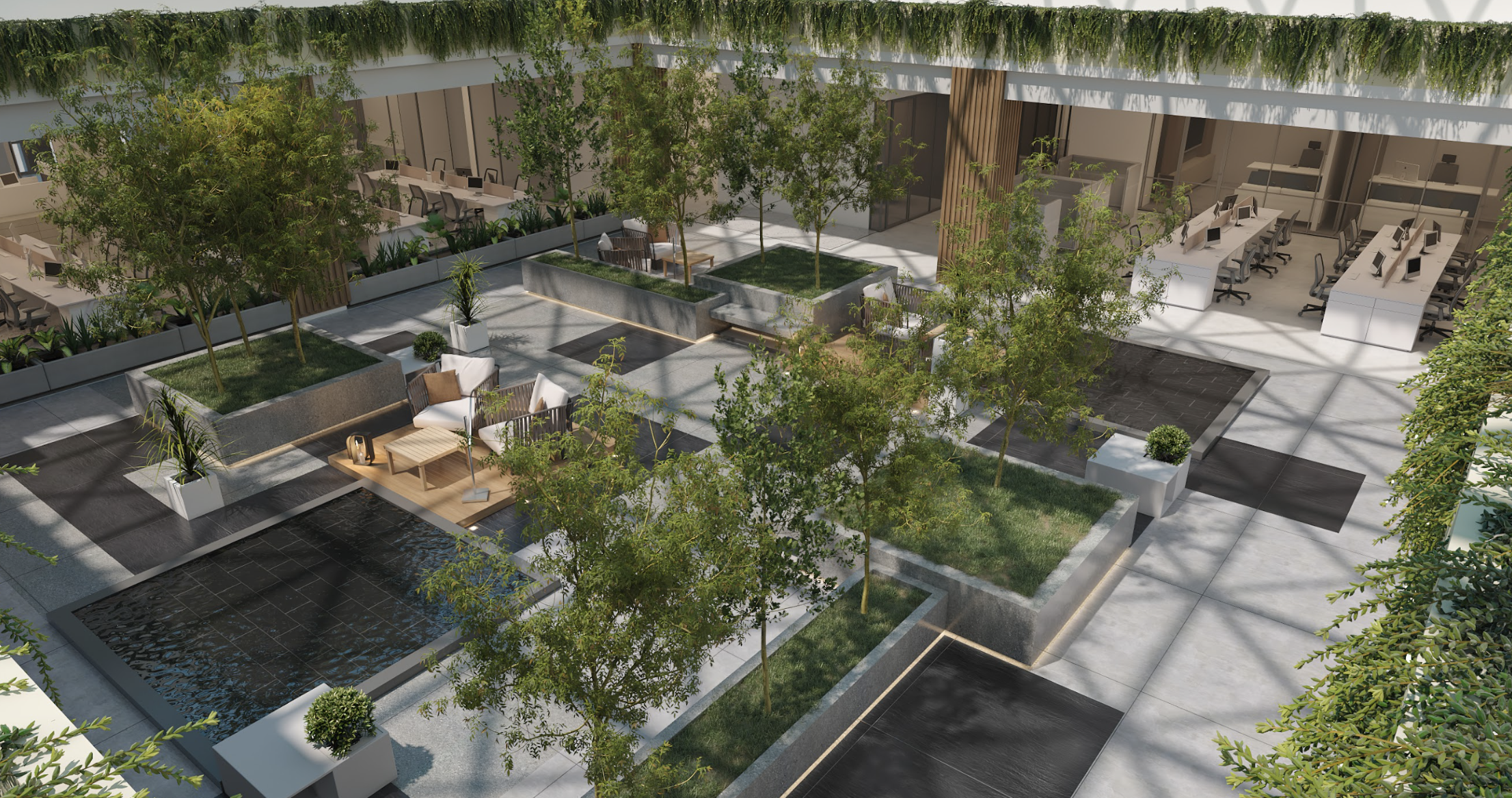
When compared to closed glass buildings reliant on mechanical systems, spaces designed for natural ventilation embrace airflow patterns. Closed structures trap heat and pollutants, relying on artificial climate control. In contrast, well-designed commercial areas with passive ventilation strategies such as operable windows, vents and building orientation leverage natural elements for better air quality and comfort. Designing atriums, courtyards and open floor plans encourages air movement, facilitating a healthier and more comfortable environment for occupants.
The design for Joy Central in Gurugram features central open-to-sky areas covered with a fabric roof allowing diffused light and airflow throughout the day. These spaces create breathing zones within solid retail blocks and contribute to increasing functional built-up areas above ground.
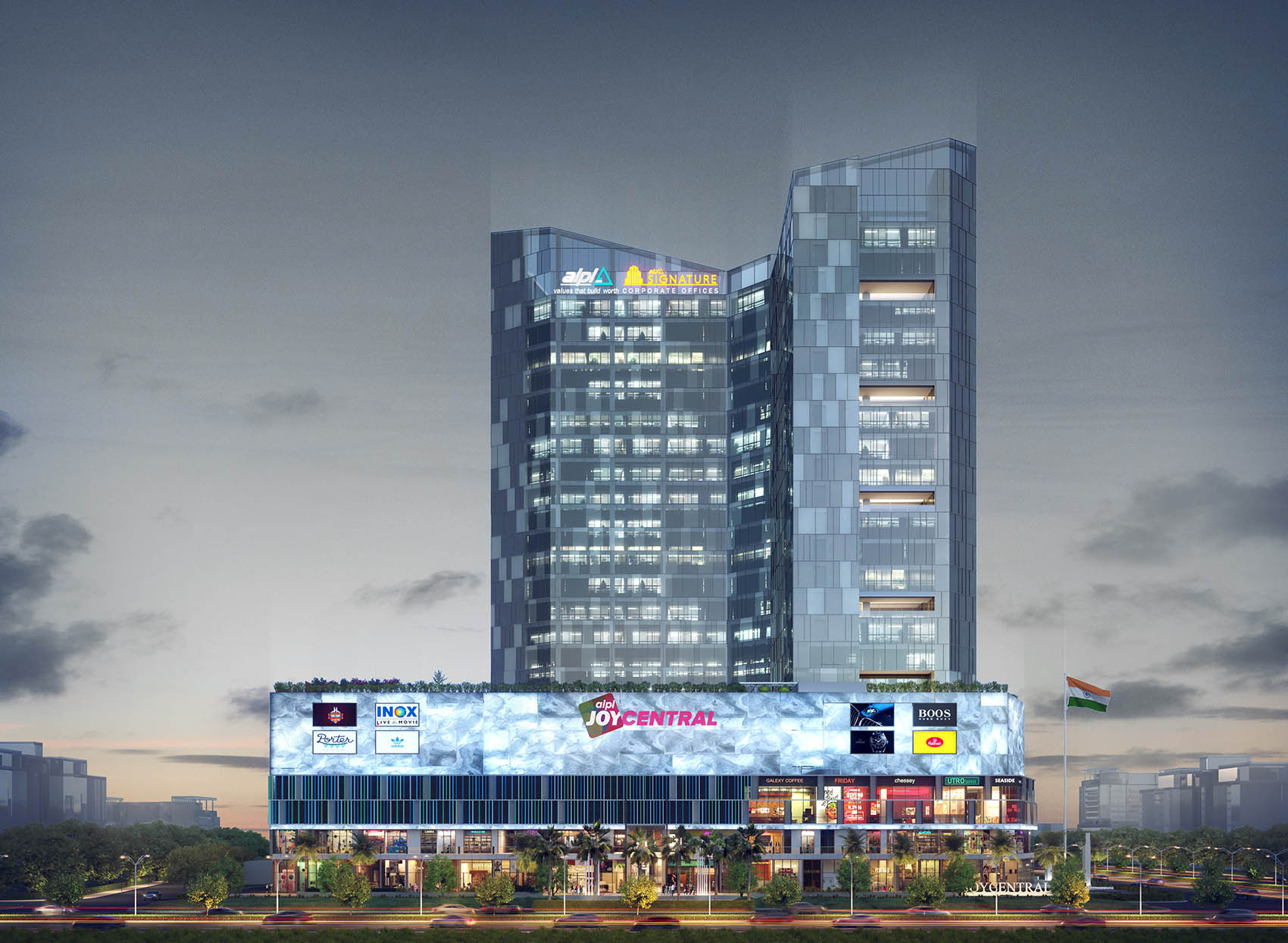
Natural light and ventilation can revolutionise commercial spaces, offering comfort, efficiency and sustainability. Their integration showcases how architectural innovation and nature’s influence can redefine functional and eco-conscious designs for the future.

